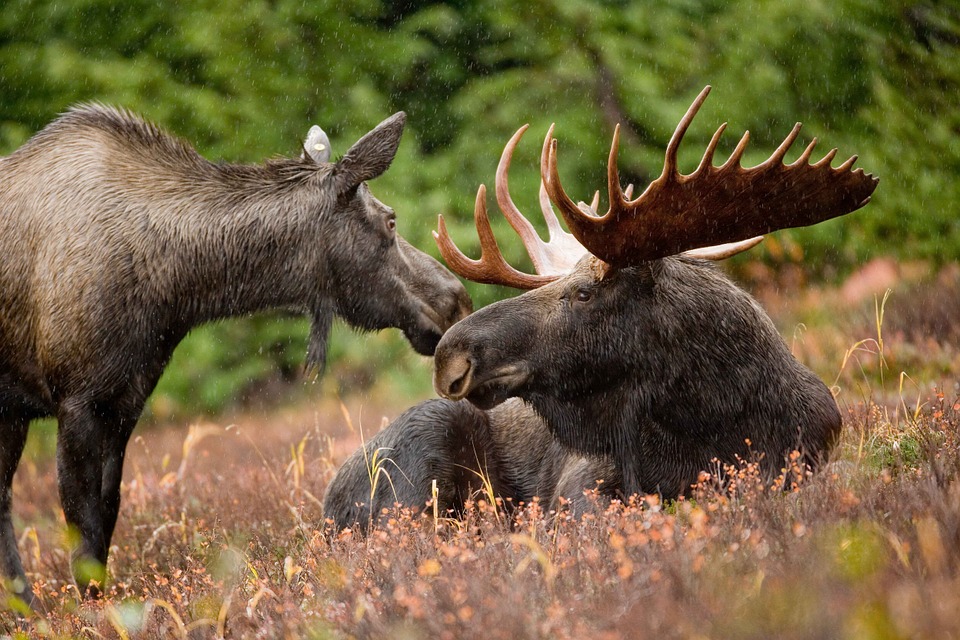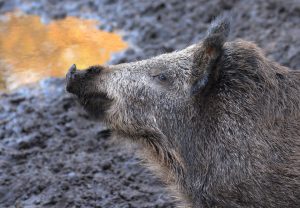Minnesota’s Department of Natural Resources uncovered critical data after 173 adult moose were captured and fitted with GPS radio collars between 2013 and 2015. The project was launched as the agency is searching for answers as to why the state’s moose population continues to decline.
With the ability to track tagged moose, the agency is now able to quickly retrieve the animals at the time of death and examine their remains. While wolves do in fact make up a large portion of the cause of death, Michelle Carstensen, the DNR’s wildlife health program supervisor, told the LaCrosse Tribune that they are by no means “the smoking gun”.
Health problems seem to be the main problem affecting Minnesota moose, many dying from parasites such as brain worm, winter ticks or liver flukes.
The chart below depicts the proximate causes of adult moose mortalities and while wolves do own a large chunk of that pie, the majority belongs to parasites and infections.

These results are preliminary at the moment and project leader Glenn DelGiudice believes that it will likely take six years of data to finally draw firm conclusions regarding long-term trends and causes.

H/T: LaCrosse Tribune




